Description
Enjoy a week of wildlife in the wonderful Apennines with Paul Harcourt Davies, on our first class tour of Sibillini!
The Sibillini, a well kept secret, form a distinct part of the Apennine chain, that montane ‘backbone’ of Italy that stretches some 1200km (750 mi) down the length of the ‘boot’ from the Alps to the ‘toe’ and then beyond into Sicily.
The Sibillini: an Italian Treasure House
Mountain peaks are well below giants of the Alps (Gran Sasso, with Monte Cornu at 2910m (9554 ft) is the highest), ) but many lie above 2000m and are certainly high enough to support a rich alpine flora with interesting endemic species. Moreover, you can move in the matter of an hour or less from Mediterranean species at low altitudes to high alpines.
There are numerous recognisable (and separately named) montane regions within the chain which are designated as National Parks such as Gran Sasso & Monti della Laga (148,935ha), Abruzzo (50,050ha) haunt of wolves and Marsican Bears) and the Sibillini (71,043ha) an area of incredible biodiversity.
The Sibillini National Park is situated on the border of Umbria and Le Marche in central Italy and offers superb walking with a remarkable diversity of habitats making it a paradise for wildflowers, butterflies, birds and threatened species such as wolves and golden eagles.
Our stay in the Sibillini embraces a wealth of wildflowers, insects and birds with spectacular scenery, perfect for those of us who like wide-angle close-up of flowers set in stunning surroundings. We deliberately keep numbers of participants small, both for the sake of impact and with time to put what you learn into practice in a relaxed manner.
A feature of Italy is always excellent local food and wine and the Sibillini is no exception: we offer a chance to get a feel for the region, its ecosystems and its history. Pre-dinner sessions will not only include the chance to identify the day’s finds but also short presentations on photographic and environmental aspects of the trip.
Meadows at lower altitudes have populations of distinctly Mediterranean orchids and other species whereas higher reveal alpines such as rock jasmines (Androsaces) and gentians (G Verna and G dinarica). Many wild orchids flourish in the extensive woodlands and meadows such as Ophrys species (O. apifera, insectifera, dinarica, bertolonii, fusca..,sphegodes ) Red Helleborine (Cephalanthera rubra), Violet Limodore (Limodorum abortivum), Butterfly orchids – both greater and lesser (Platanthera chlorantha and bifolia)- Few-flowered Orchid (Orchis pauciflora), Elderflower Orchid (Dactylorhiza sambucina) and more. High up, the alpine meadow turf is coloured with hectares of mountain flowers such as thymes, forget-me-nots and Apennine rockroses spreading to tint hillsides in yellows, whites, pinks and blues. There is always a wonderful feeling of space with long views and many of our best places are on ridges.
For the first part of our holiday we are based near Préci, close to flower meadows on limestone where all sites and ambles lie within short drives. We then move to Norcia for trips to Castelluccio di Norcia and the Piano Grande with no shortage of colourful plants along the road verges. Nothing quite prepares you for the sight when the ridge is topped and the immense Piano Grande stretches out before you, enclosed by a ring of mountains and dominated by the bulk of Monte Vettore (2476m) rising some 1462 m above the plain. For the last 2 nights we move to another agriturismo which gives us access to the heights of Monte Terminillo with its rich alpine flora and the call of choughs and snow finches as background music..
The Piano Grande, once a glacial lake, is now a vast pasture where skylarks make the air throb with song. Castelluccio di Norcia is a picture postcard town (from afar) atop a knoll that is ringed with fields of poppies and cornflowers in early July. This is a tourist attraction but our trip, earlier in the year, coincides with displays of spectacular plants such as yellow tulips (Tulipa australis), white narcisssus (Narcissus poeticus), fritillaries (Fritillaria montana) and peonies (Paeonia officinalis). In season, both Apollo and clouded Apollo, black veined white, large tortoiseshell and camberwell beauty are a few of the butterflies to be seen.
This is an area whose diversity and natural riches one could probably never exhaust…at least we never will and we stay there as often as we can.
This is somewhere we love and have made many friends – we cannot believe that, these days we can get there in just over a couple of hours and so explore throughout the seasons. Our connection with the area is extremely strong and we want to do all we can to bring this region to people whom we know will appreciate it as we do.
READ FULL HOLIDAY DETAILS


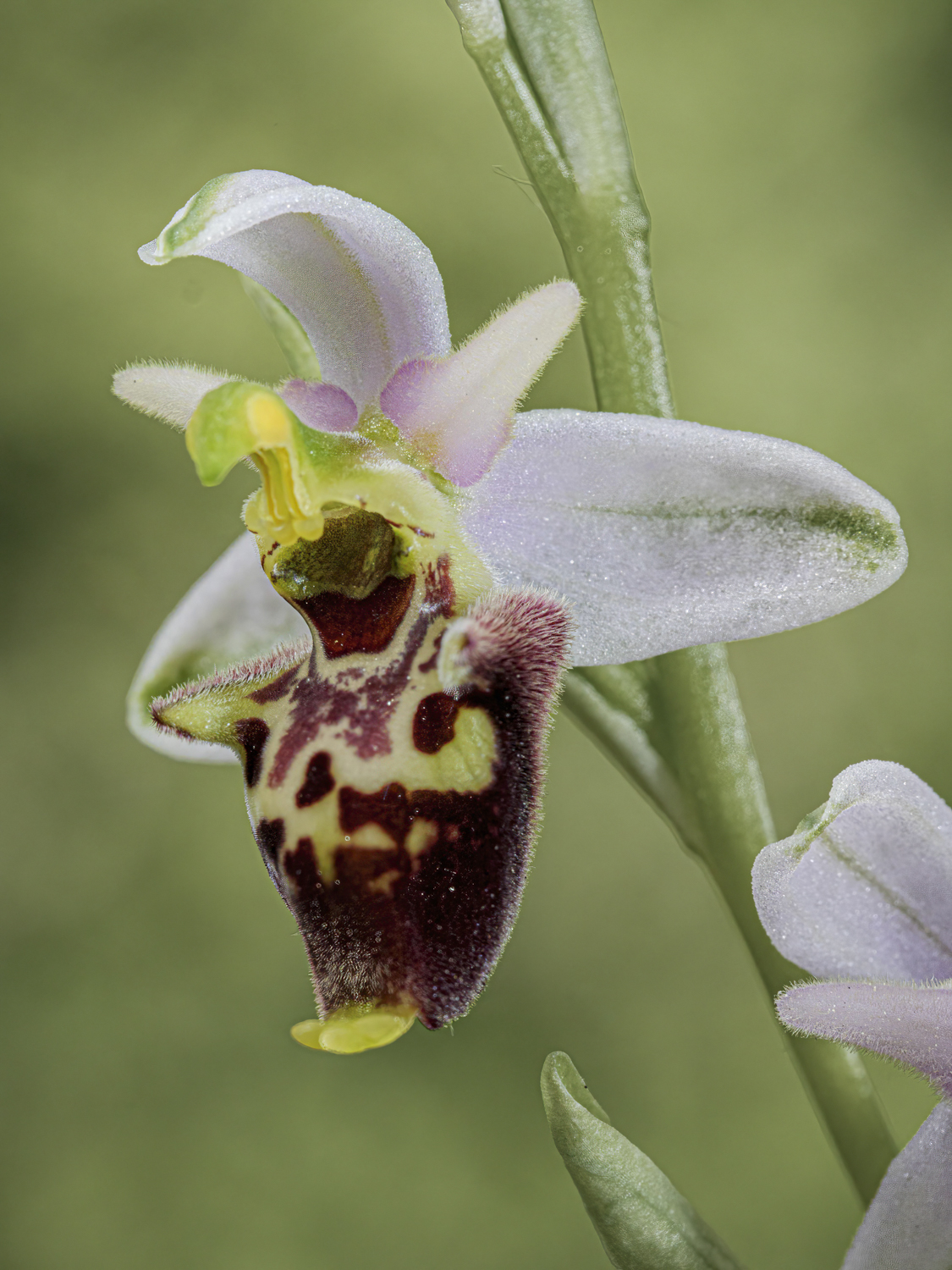
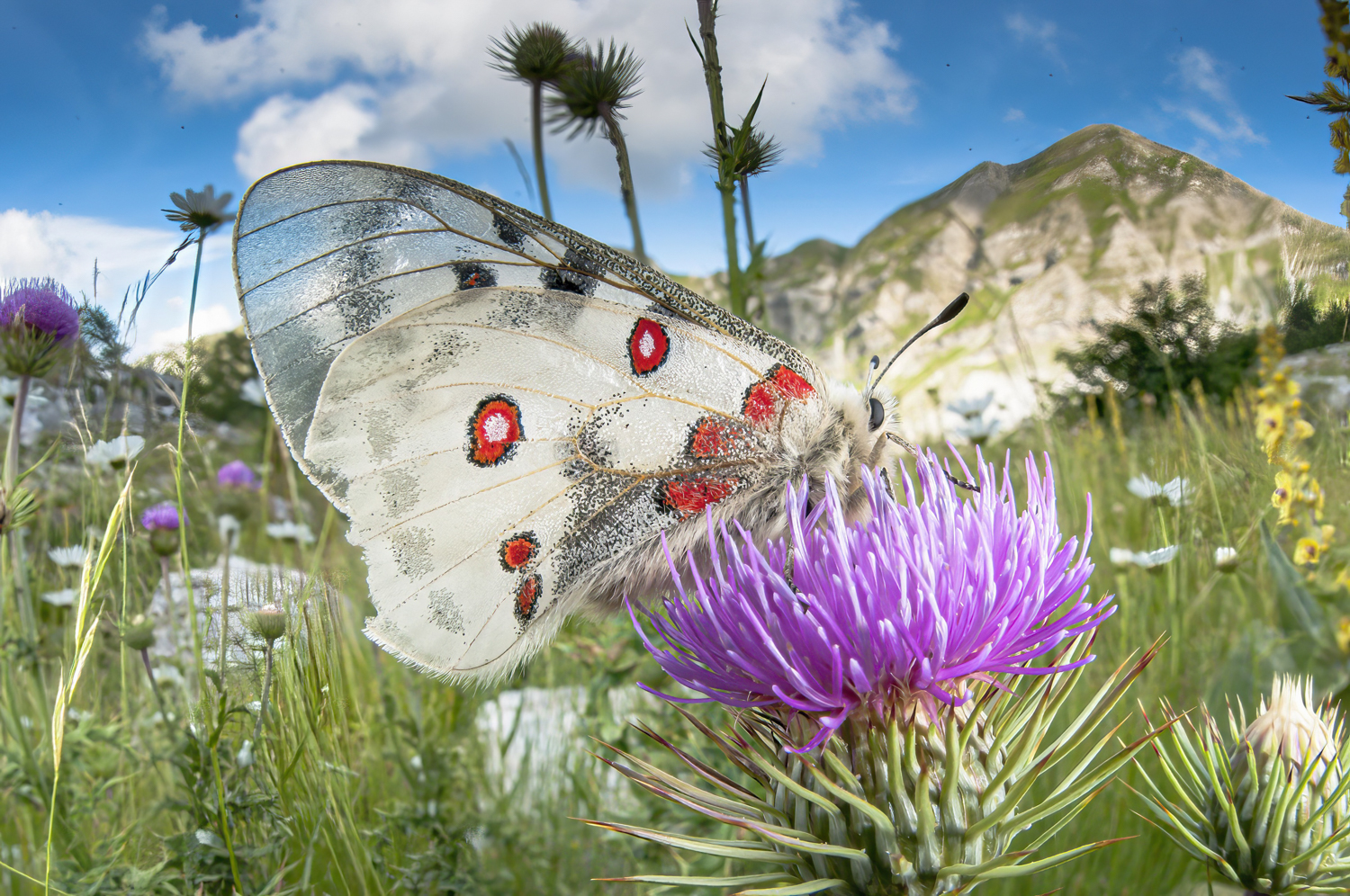

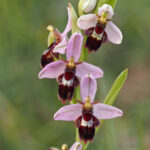
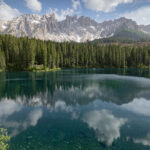
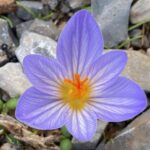


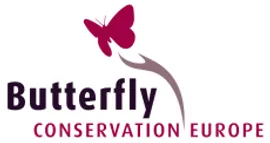


Reviews
There are no reviews yet.